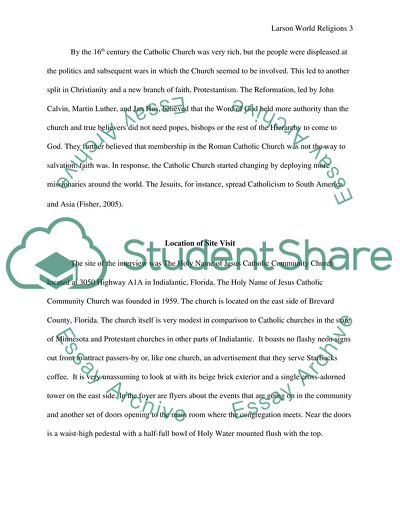Cite this document
(Catholic Religion in Comparison with Another Monotheistic Belief Assignment, n.d.)
Catholic Religion in Comparison with Another Monotheistic Belief Assignment. Retrieved from https://studentshare.org/religion-and-theology/1725907-world-religions-report
Catholic Religion in Comparison with Another Monotheistic Belief Assignment. Retrieved from https://studentshare.org/religion-and-theology/1725907-world-religions-report
(Catholic Religion in Comparison With Another Monotheistic Belief Assignment)
Catholic Religion in Comparison With Another Monotheistic Belief Assignment. https://studentshare.org/religion-and-theology/1725907-world-religions-report.
Catholic Religion in Comparison With Another Monotheistic Belief Assignment. https://studentshare.org/religion-and-theology/1725907-world-religions-report.
“Catholic Religion in Comparison With Another Monotheistic Belief Assignment”, n.d. https://studentshare.org/religion-and-theology/1725907-world-religions-report.


